
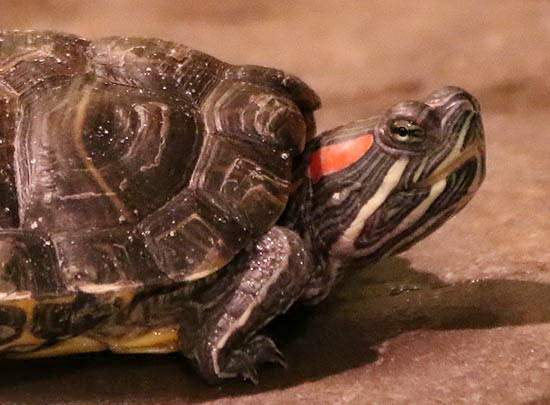
A las tres de la noche en el peaje de la carretera de of Qazvin, esperando a los otros que salieron de Isfahán por la tarde. Un enorme gentío. El ayuno del Ramadán acaba mañana. Llegan cuatro días de vacaciones, todo Irán se prepara para ir a algún sitio. Extendemos una alfombra sobre el asfalto, ponemos agua a hervir para el té en un hornillo de gas, sacamos unos pasteles.
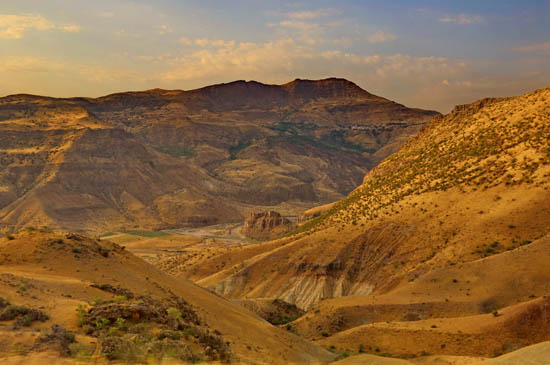
 Me despierto al amanecer en el bus, un cortado vertiginoso a la derecha, el cañón del río Qezel Ozan en el momento en que corta las montañas doradas de los nómadas Afshari. Los bordes de algunas colinas se curvan suavemente y brillan con la primera luz, capas geológicas coloreadas quedan al descubierto en las áridas laderas tajadas sobre el río. Un ajedrez de tierra cultivable, austeros campos de hierba, con las marcas, como postes, de unos pocos árboles aislados. En la distancia, una majestuosa cima con el sombrero nevado, el Savalán, el tercer pico más alto de Irán.
Me despierto al amanecer en el bus, un cortado vertiginoso a la derecha, el cañón del río Qezel Ozan en el momento en que corta las montañas doradas de los nómadas Afshari. Los bordes de algunas colinas se curvan suavemente y brillan con la primera luz, capas geológicas coloreadas quedan al descubierto en las áridas laderas tajadas sobre el río. Un ajedrez de tierra cultivable, austeros campos de hierba, con las marcas, como postes, de unos pocos árboles aislados. En la distancia, una majestuosa cima con el sombrero nevado, el Savalán, el tercer pico más alto de Irán.
Al caer el sol llegamos al campo base, a tres mil ochocientos metros sobre el mar, a los pies del Savalán. Plantamos las tiendas. Durante la primera noche tenemos que acostumbrarnos a la altitud, al delgado aire. Unas flores de aroma fuerte crecen en los resquicios de los rudos peñascos de la ladera volcánica. Lavanda de montaña, salvia, anémonas. A lo lejos, allá al fondo, el pueblo de Alvâresi, donde dejamos el bus. Finas corrientes glaciares bajan hacia el valle. A nuestros pies, por todo alrededor de estas llanuras lunares, las yurtas y rebaños de los nómadas Shahsaván.

Cuando el sol se esconde, el aire se vuelve frío y cortante, unas nubes se desprenden de las montañas, se apelmazan, envuelven el valle.

A las cuatro de la mañana, una línea de pequeños puntos de luz entreteje la oscuridad de la ladera de la montaña que sube al cráter del Savalán. Preparamos té, desmontamos las tiendas y nos ponemos en camino tanteando la ruta entre las rocas. Las laderas que nos rodean van poco a poco tomando forma, los lejanos picos, como islas solitarias emergen de la gruesa capa de nubes que cubre el valle.

No estamos solos. Una muchedumbre de pequeños ojos nos escruta. Los persas comen a menudo, entre ellos estar delgado no es elegante. Muchas migas caen al camino y encuentran enseguida quien dé cuenta de ellas. La escalada da de comer a cientos de pájaros y roedores, más temerosos de sus rivales que de nosotros, por lo que nos siguen de cerca.
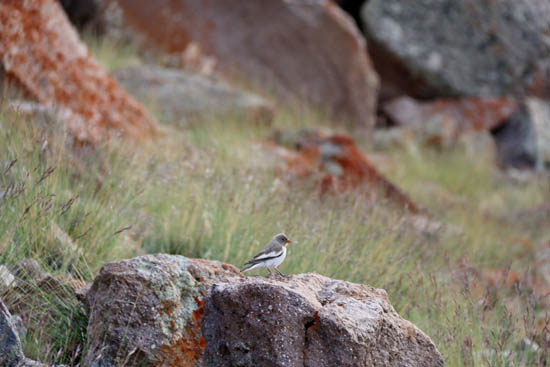
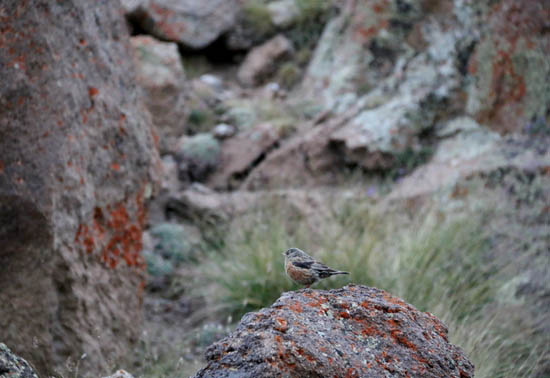
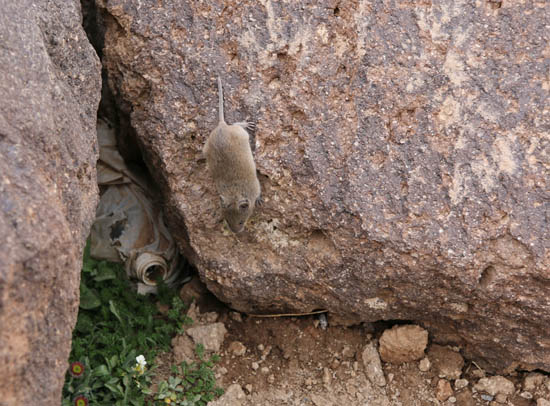
A cuatro mil setecientos metros, justo antes de la cumbre, una ducha de nieve nos sorprende. La nieve y la lluvia helada se cuelan por la más mínima rendija, tengo que guardar la cámara. Si Hassán no me hubiera pedido que lo fotografiara bajo la nevada, no habría ningún documento de todo esto.
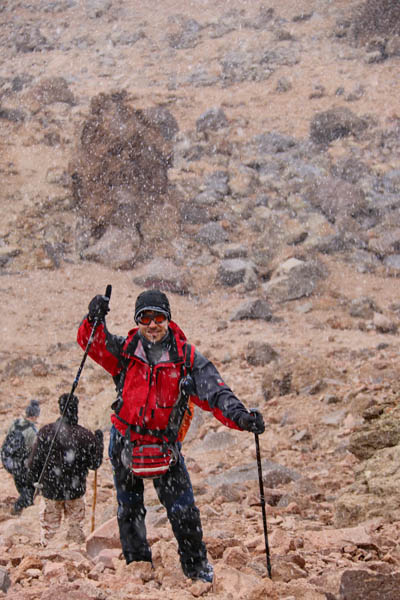
 Mientras tanto hemos alcanzado el lago del cráter del Sultán Savalán, a 4811 metros sobre el nivel del mar, la tormenta cesa. No tenemos tiempo de subir los riscos circundantes y tomar fotos del lago desde ahí arriba porque antes de que anochezca hay que cubrir de vuelta los mil metros de desnivel. En la orilla brindamos, mashallah guru, larga vida al grupo, gritamos, preparamos un té con el agua glacial del lago.
Mientras tanto hemos alcanzado el lago del cráter del Sultán Savalán, a 4811 metros sobre el nivel del mar, la tormenta cesa. No tenemos tiempo de subir los riscos circundantes y tomar fotos del lago desde ahí arriba porque antes de que anochezca hay que cubrir de vuelta los mil metros de desnivel. En la orilla brindamos, mashallah guru, larga vida al grupo, gritamos, preparamos un té con el agua glacial del lago.
El camino de vuelta no es en absoluto fácil, las rocas son resbaladizas con la nieve. Hemos avanzado quizá unos doscientos metros cuando oímos un terrible golpe al otro lado de la ladera. Una avalancha de rocas. Paramos, intentamos poner en común lo que cada uno ha visto del valle desde allí arriba. Esperamos que ni escaladores ni pastores nómadas estuvieran en este momento por aquel lado.

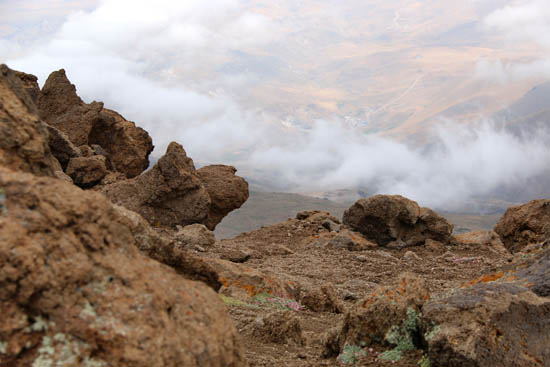
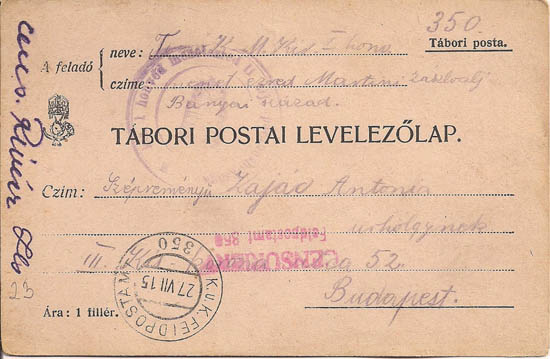
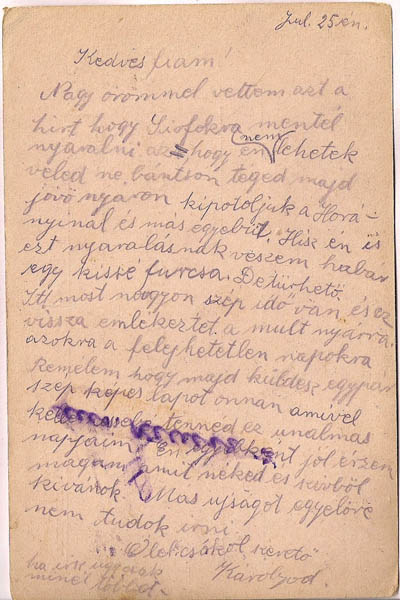
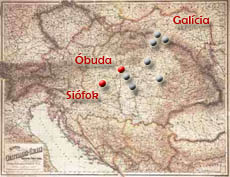
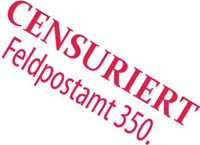

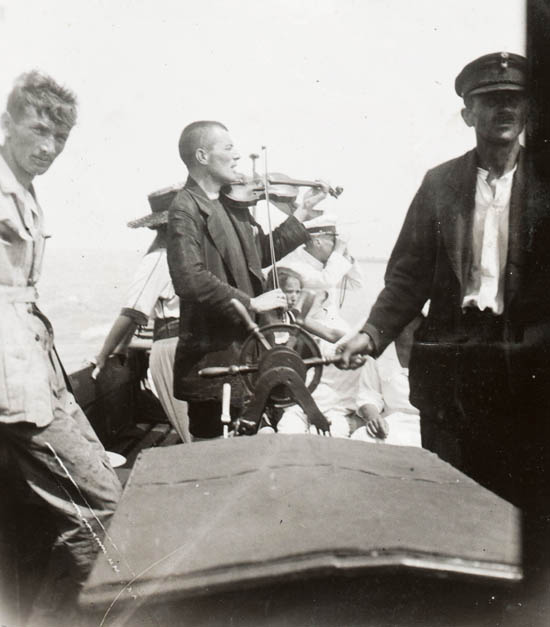
 Next postcard:
Next postcard: 



























































